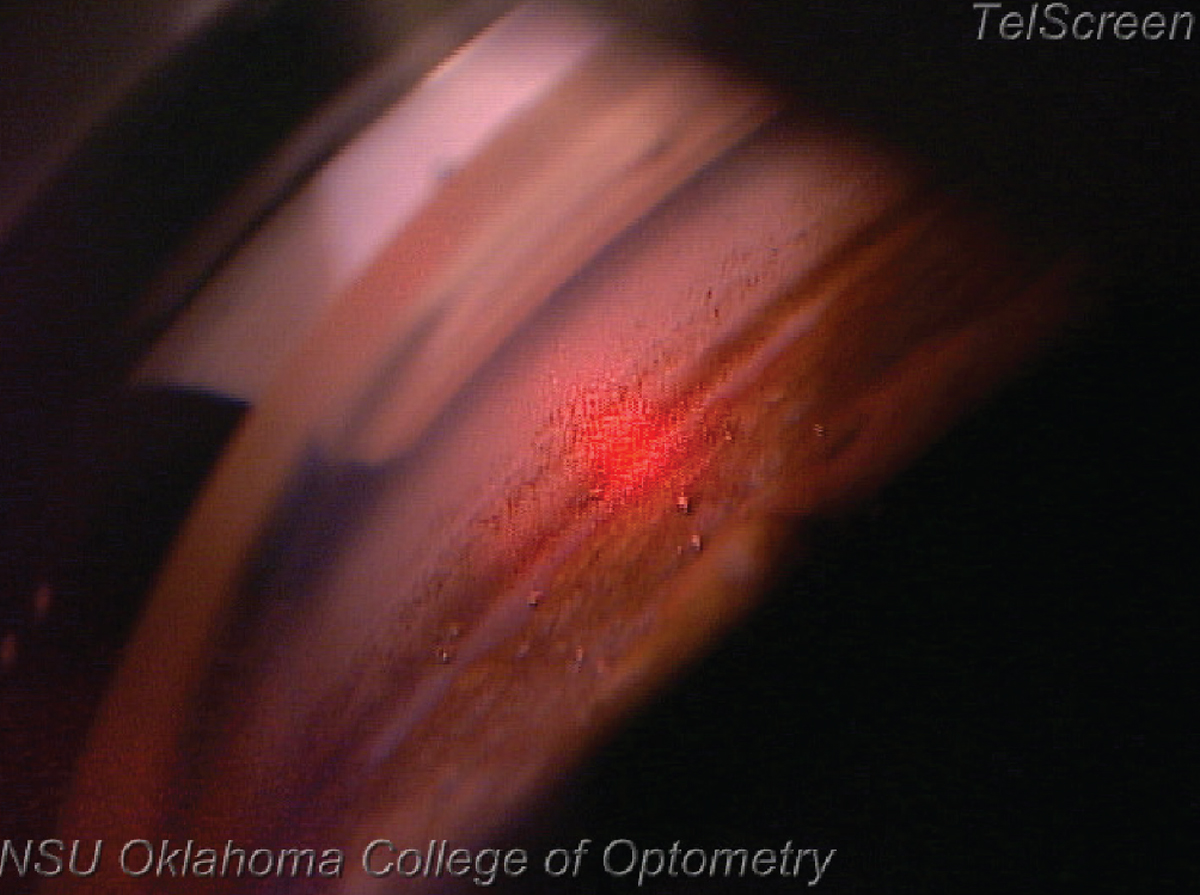 |
|
The odds of using laser treatment first for POAG by a physician with less than or equal to 20 years of experience increase by 94.6% when compared to a physician with more than 20 years of experience, when controlling for the other variables. |
A recent survey was conducted to assess the practice preferences of ophthalmologists for the initial management of glaucoma. The researchers hypothesized that the multitude of options and accumulated evidence for primary open-angle glaucoma (POAG) treatment in the past decade will reflect a different preference pattern than reflected in a retrospective claims analysis of data from 2007 to 2014 that selected patients with their first OAG diagnosis in 2010. Their study, which was published in Journal of Glaucoma, revealed that, for the first-line treatment of POAG, laser trabeculoplasty was more likely to be preferred over topical drops by US physicians who are relatively new in practice, who have a larger glaucoma patient base and who perform more MIGS.
The study determined to characterize primary treatment preferences (topical medication vs. laser trabeculoplasty or intracameral sustained release implants) in POAG patients and determine factors related to primary intervention selection. A 33-question survey was distributed to an American Society of Cataract and Refractive Surgery database on treatment choices made by ophthalmologists for POAG. Data collected included country of practice, years of practice, completion of glaucoma fellowship training, type of practice and preference for first-line treatment of POAG. A total of 252/19,246 (1.3%) of surveys were returned.
Multiple logistic regression determined that about 73.6% of respondents used topical medication as first-line of treatment for POAG, while 26.4% preferred to start with laser treatment. Significant variables associated with the selection of laser (vs. drops) are practicing in the US (odds ratio [OR]: 2.85), more recent completion of ophthalmology residency (OR: 1.95), greater volume of MIGS (OR: 1.68) and a glaucoma patient base greater than 25% (OR: 2.21).
For doctors preferring laser treatment as the first-line of treatment, the leading indications for using Durysta (bimatoprost SR, Allergan), a prostaglandin analog, are for patients that show intolerance to drops (about 19%), are non-responsive to SLT (17%) or wish to reduce medication dependence (17%). For doctors preferring drops/topical treatment as the first-line of treatment for POAG, the leading indications for using bimatoprost SR are for drop intolerance (about 25%), noncompliance (about 26%) or as an alternative to medication dependence (17.5%).
“It was also observed that the majority of either group, laser or topical drops first, preferred a trabecular meshwork bypass stent in cases of moderate POAG and visually significant cataract,” the study authors wrote in their paper. “Although this questionnaire was not designed to ascertain the reason for this finding, it is likely reflective of a shift in preferred practice and community standards based on the relative safety and efficacy of this combined approach.”
“The results of this survey demonstrate a continuing unmet need to educate our colleagues on evidence-based treatment results for POAG,” they concluded.
Rhee DJ, Sancheti H, Rothman AL, et al. Primary practice patterns for the initial management of open angle glaucoma. J Glaucoma. June 17, 2024. [Epub ahead of print]. |

